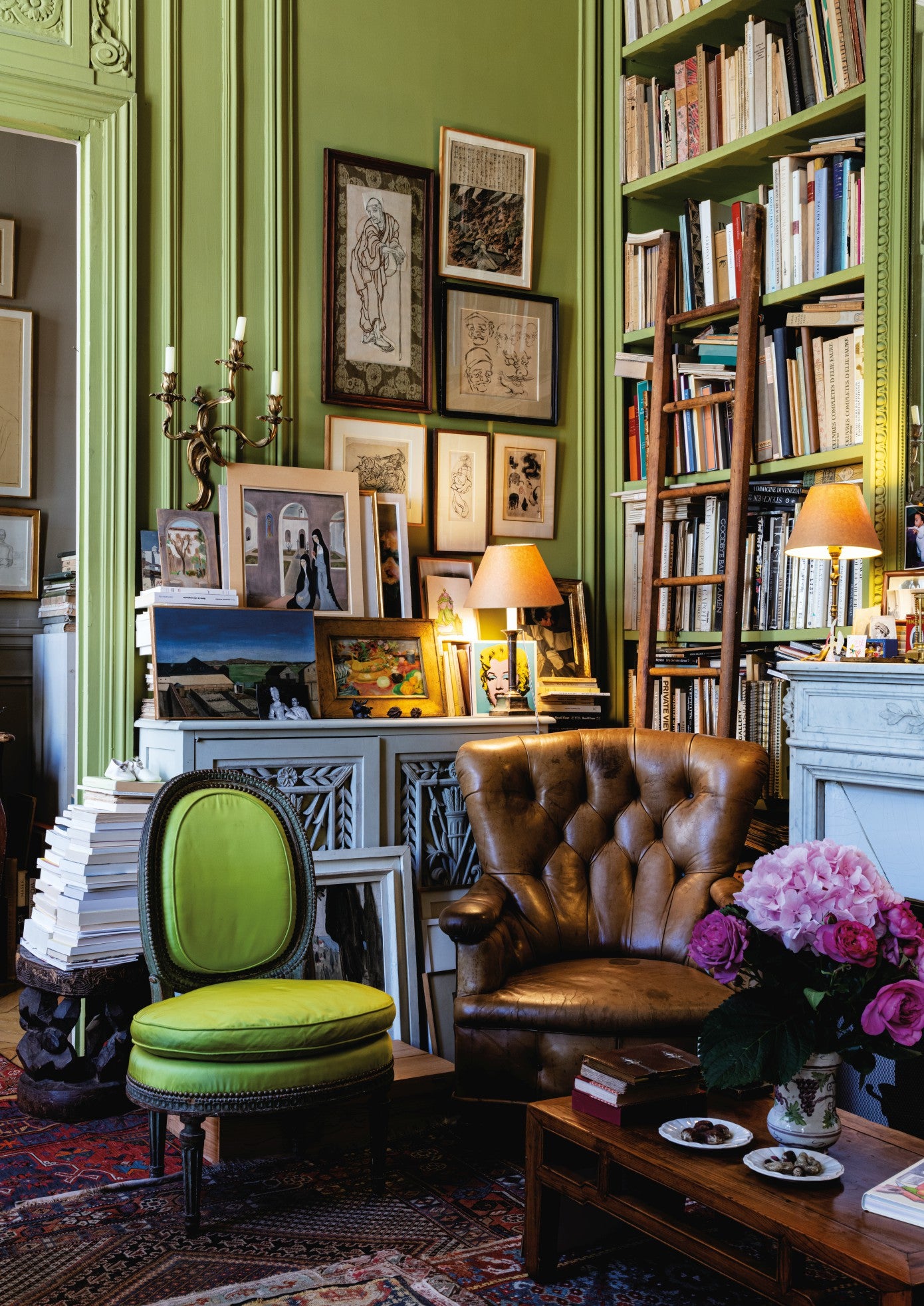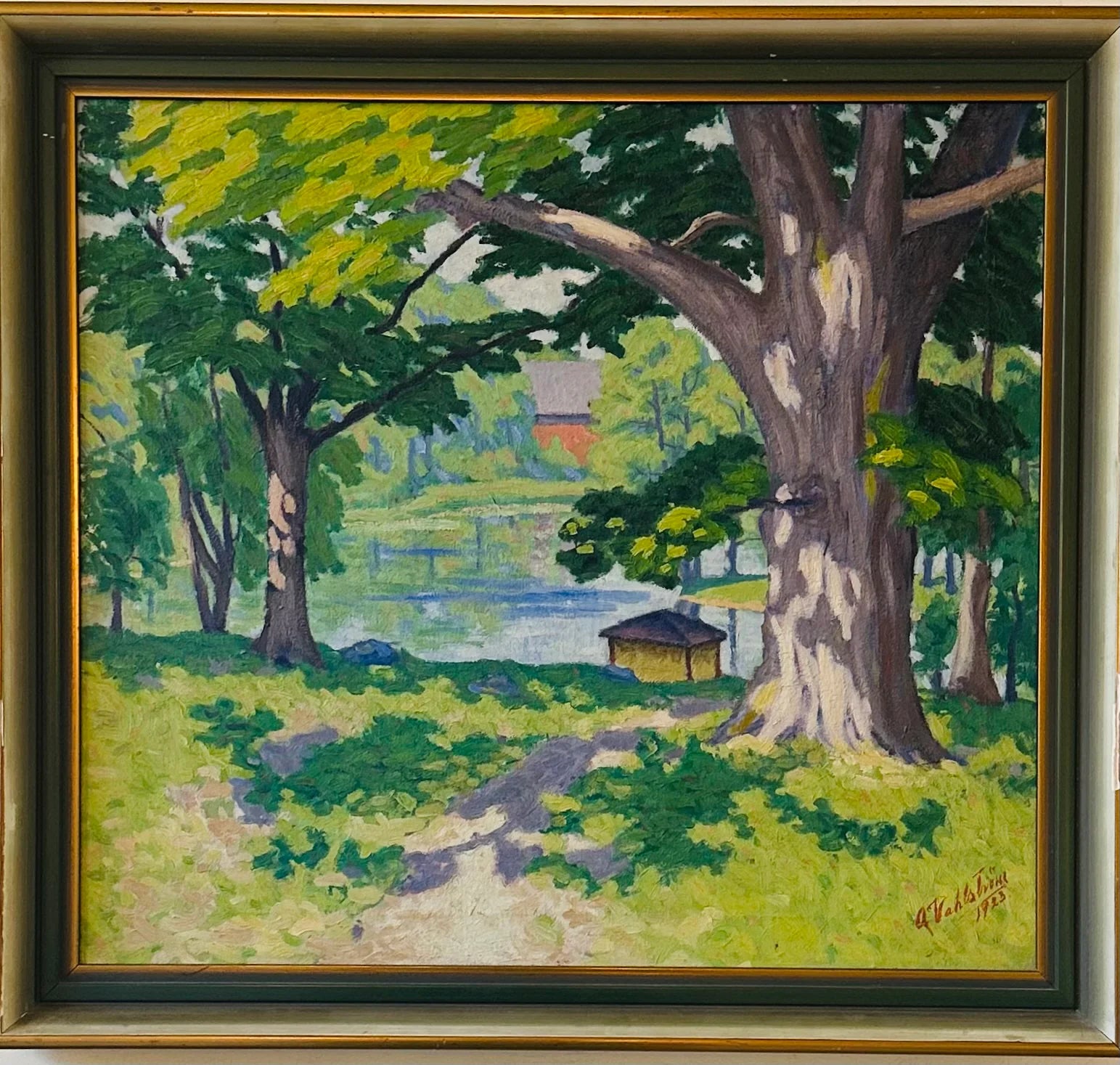What's with Mid-Century Modern?
Thanks to programmes such as Mad Men and our desire for everything secondhand in recent years, Mid-Century Modern style has made a comeback. A design movement which spanned interiors, furniture, and decorative art, Mid-Century Modern style took the Western world by storm in the post-war period.
We can all think of the futuristic egg-shaped chairs of the 1950's, but what exactly does 'Mid-Century Modern' mean? Where did this term come from?
Here, I take a look at the history of this stylish and innovative movement, the world that brought it to light, and perhaps persuade you to consider owning some Mid-Century Modern yourself! Take a look...
A Brave New World

An original Mid-Century Modern advert from Heal's department store, poster designed by Charles Feeney, © Heal's
The movement was born out of the excitement of post-war with steadily recovering economies across the US and Europe. Technology was developing through film, science, and television. New materials were being created, opening design to the potential of acrylic and plastic, as well as new colours which were being used in furniture, textiles, and print. Abstract Expressionism prevailed as the art of the moment, experimenting with colour and form to create unrecognisable shapes and patterns. People were optimistic about the future, encouraged by television and radio, and excited to turn a new leaf after wartime.
The 1950's: The Decade of the Home
'Guitarist' by Sven Linder (1919-2007), available at Collins & Green Art, click the image above for more information
Mid-Century Modern design was first seen in the late 1940's, and continued through the the 1970's, but the 1950's was certainly its defining decade. New technologies, new appliances, and a booming post-war economy led to a huge increase in people's disposable incomes manifested in the rejuvenated, house-proud nations of the US and Europe. The nuclear family was held as a social ideal; while the men of the house went out to work in the day, the women remained in the domestic sphere to housekeep and raise children. This returned the home to a central element of the social sphere after the chaos and destruction of wartime. Kitchens and dining rooms became the centre of the home, evidenced in the huge interest in cooking and cookbooks at this time. Home appliances also dominated adverts and magazines, creating the perfect image of the perfect home and family life.
The Designers and Their Creations

Original 1950's Kroehler Furniture advert, © Koehler
The movement was pioneered predominantly by American designers such as Charles and Ray Eames, and Scandinavians such as the architect Aalvar Arto, and Italy became a centre for hip, Mid-Century Modern design through the works of Gio Ponti. Fashion was key as you see in the tagline of this advert- 'Smartest buys in fashionable furniture'. These designers were in high demand, and were creating functional furniture which was valued as functional artworks created by artists.

A Mid-Century Modern Interior featuring a Gio Ponti 'Mariposa' armchair, © Gio Ponti Archives
Pictured here are Gio Ponti's furniture designs, consisting of the usual wooden chair and table legs with the sleek, parallel lines of the upholstery, both trademarks of Mid-Century Modern. Cinema, particularly Italian cinema, increasingly popular in the 1950's, often featured modern interiors such as these. People began recreating what they saw in TV and film, encouraging more uniform and conventional design tastes.
Characteristics of Mid-Century Modern Art and Design
'Walk by the Sea' by Richard Borklund (1897-1974), available at Collins & Green Art, click the image for details
Mid-Century Modern art and design was functional and futuristic. Despite the post-war economic boom, people were still frugal and yearned for order and simplicity after a period of turmoil, whilst still aspiring to an exciting and adventurous future. Innovation in design harked back to the Art Deco movement of the 1920's, a time of celebration and social gathering. The idea of 'craft' was deemed unfashionable, with furniture and art favouring the notion of mass-production, straight lines, and abstract forms. Of course, original art was produced, but work had to be sleek and colourful rather than completely natural. A new perspective was created after two World Wars, and art followed suit.
Final Thoughts

An interior for a home designed by Giampiero Tagliaferri and photographed by Sam Frost, © Architectural Digest
It could be argued that Mid-Century Modern was not just an art and design movement but also an attitude which reflects the current climate of today. Optimism through hardship, creating a collaboration between functionality and fashion. No wonder places such as IKEA have taken many design notes from this era, and no wonder this style is so popular! However, secondhand art and furniture is incredibly sustainable, and of course it is much more authentic to own an original Mid-Century Modern piece.
'Pears and Glass' by Eric Cederberg, 1972, available at Collins & Green Art, click the image for more
We always have a selection of affordable and decorative vintage Mid Century artworks, meaning a snapshot from this moment in history could be in your own house.
Written by Eloise Saggers, Collins & Green Art





